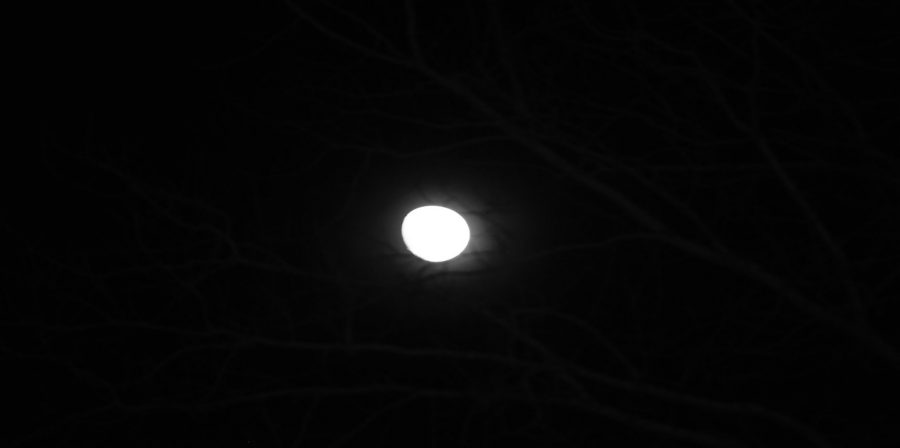New moon theory
January 16, 2017
Recently, scientists have discovered a new theory of how the moon was created. This new theory states gravitational force was a major factor in the creation of the moon. The alignment of planets, the sun in the solar system, and tilt of earth also affected the creation of Earth’s only moon.
Scientists now believe part of Earth broke off and that part later became the moon. This also affected rotation of our earth in the solar system. Other factors in the creation of our moon is angular momentum, tidal forces, and Earth’s orbit around the sun.
This new theory better explains how the moon came to be. It is quite different from the way scientists thought before. It turns out that scientists were wrong about the gravitational forces, tilt, and rotation of the earth.
Their new discoveries prove their old observation and calculations wrong. Now they finally have a theory that fits with their new beliefs, based on scientific observation.
This new moon theory is called the “giant-impact hypothesis,” the “big splash,” or the “theia impact.” It is believed that an object the size of Mars impacted the Earth, causing part of it to fall off. This part later formed into the moon.
There have been more discoveries of our moon: Earth’s spin and the moon’s orbit have similar orientations, moon samples indicate that the moon used to have a molten surface, the moon has a small iron core, and the moon’s density is lower than Earth’s.


